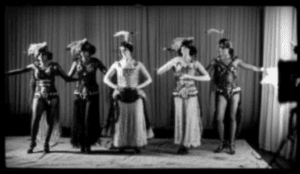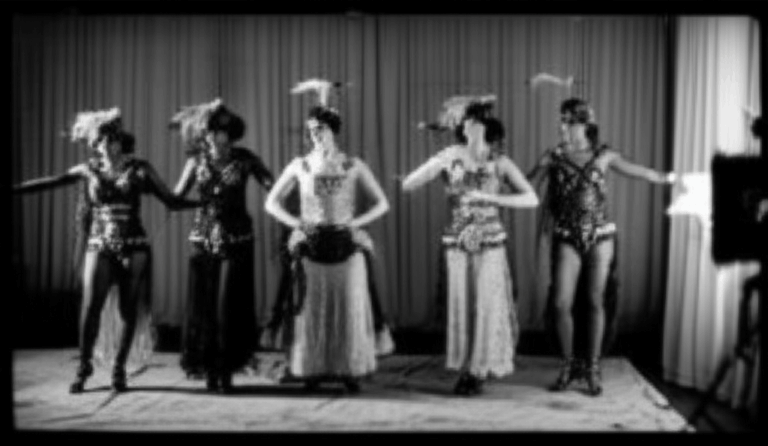The image of a showgirl often conjures dazzling costumes, towering feathered headdresses, and an aura of effortless glamour. But what lies beneath the sequins and spotlights? The reality of a showgirl’s life is a demanding, disciplined, and often misunderstood profession, far removed from many popular misconceptions. It’s a world built on rigorous training, unwavering dedication, and a resilience that extends far beyond the stage.
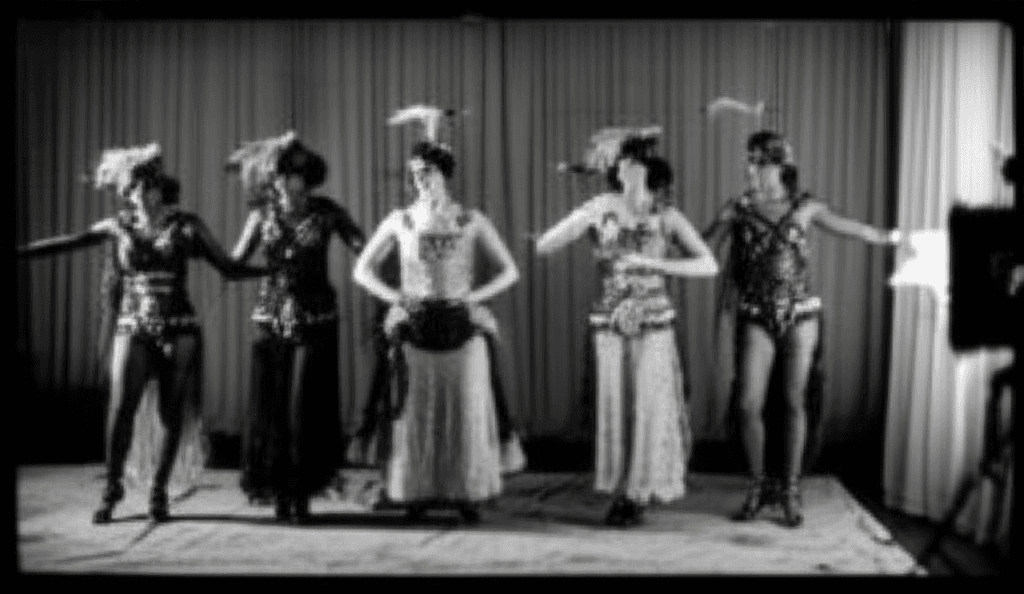
A Rich History of Spectacle and Skill
The concept of showgirls can be traced back to the late 19th century in Parisian music halls like the Moulin Rouge and Folies Bergère, which featured dancers performing elaborate acts like the can-can. In the United States, Florenz Ziegfeld introduced showgirls to Broadway in 1907 with his Ziegfeld Follies, known for their beautiful women in extravagant costumes.
The “golden era” of showgirls truly blossomed in Las Vegas during the mid-20th century. Casinos competed to host the most lavish productions, making showgirls an iconic symbol of the city’s opulence and entertainment. These early showgirls often performed as background dancers for headliners, eventually evolving into the main attraction themselves. Troupes like the Bluebell Girls, created by Margaret Kelly in 1932, established permanent presences in Paris and Las Vegas, touring globally.
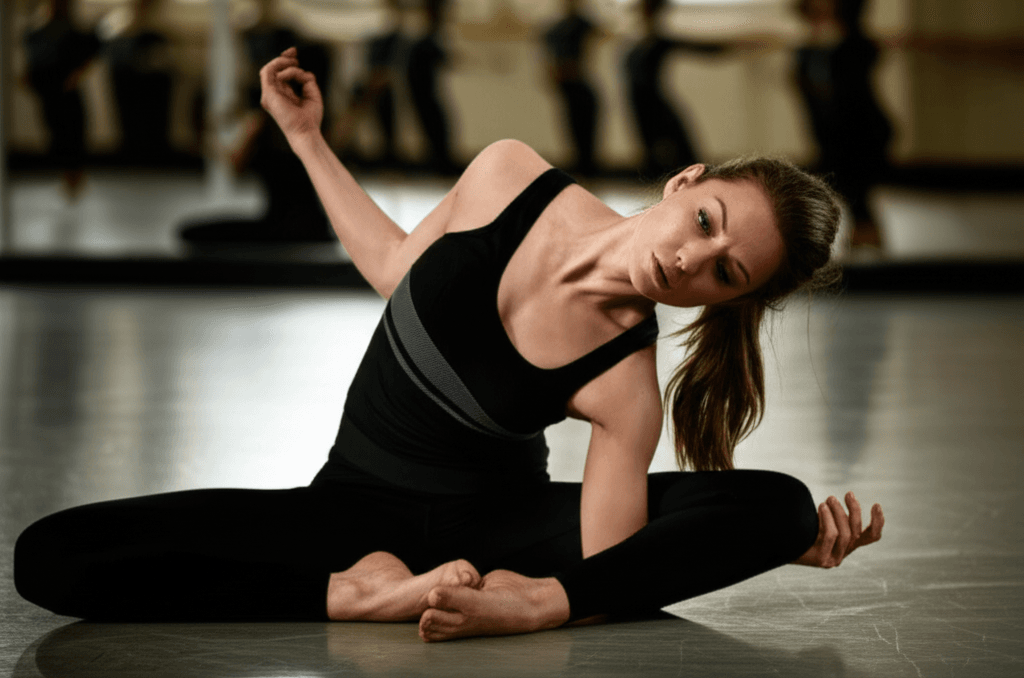
The Rigorous Road to the Stage: Training and Physical Demands
Becoming a showgirl is not simply about beauty; it demands significant talent and athleticism. Aspiring showgirls typically have extensive backgrounds in dance, often including ballet, jazz, and tap.
Years of Dance Training
Professional showgirls undergo rigorous training to perfect their craft. Many pursue formal education in prestigious dance academies, focusing on various dance disciplines to achieve a high level of skill and stage presence. This training can span many years, requiring daily commitment and countless hours of practice.
Peak Physical Conditioning
The performances themselves are incredibly physically demanding. Showgirls often perform up to 12 shows a week, with each show involving numerous dance numbers. They must maintain an exceptional level of fitness, incorporating aerobic exercises and strength training to build endurance and stamina. Workouts often target core muscle groups like legs, stomach, and back, which are crucial for a dancer’s movements. Showgirls also dedicate time to stretching and flexibility, essential for executing high kicks and intricate choreography.
The Weight of Glamour
Beyond the choreography, showgirls perform while wearing elaborate and heavy costumes, including massive feathered headdresses that can weigh up to 20 pounds. This requires immense neck and core strength, as well as impeccable posture to keep the headpieces balanced.
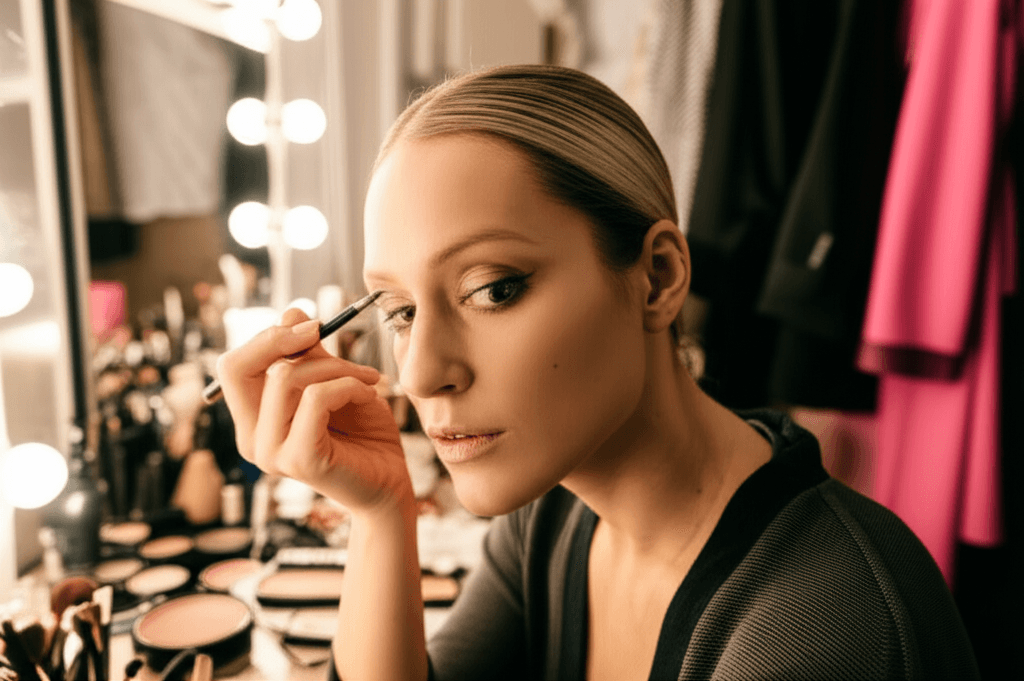
A Day in the Life: Beyond the Spotlight
While the stage is where the magic happens, a showgirl’s life outside of performance is surprisingly normal and dedicated to preparation and recovery.
Daily Routines and Schedules
A showgirl’s schedule is far from a constant party. Many shows involved performing two shows per night, six days a week. Off-stage, their routines focus on maintaining their physical well-being. This can include light full-body workouts, cycling, and extensive stretching to ensure their bodies are warm and mobile for performances.
Hair and makeup also play a significant role. Showgirls typically do their own makeup, aiming for a polished yet durable look to withstand vigorous routines. Hair is often styled up and tucked under headpieces to ensure stability.
The Backstage Reality
The backstage environment is often portrayed as cutthroat in popular culture, but many showgirls describe it as a supportive “sisterhood” where performers cheer each other on. Between numbers, it’s not uncommon for performers to relax, check their phones, or even take quick naps, switching into performance mode only when their cues arrive.
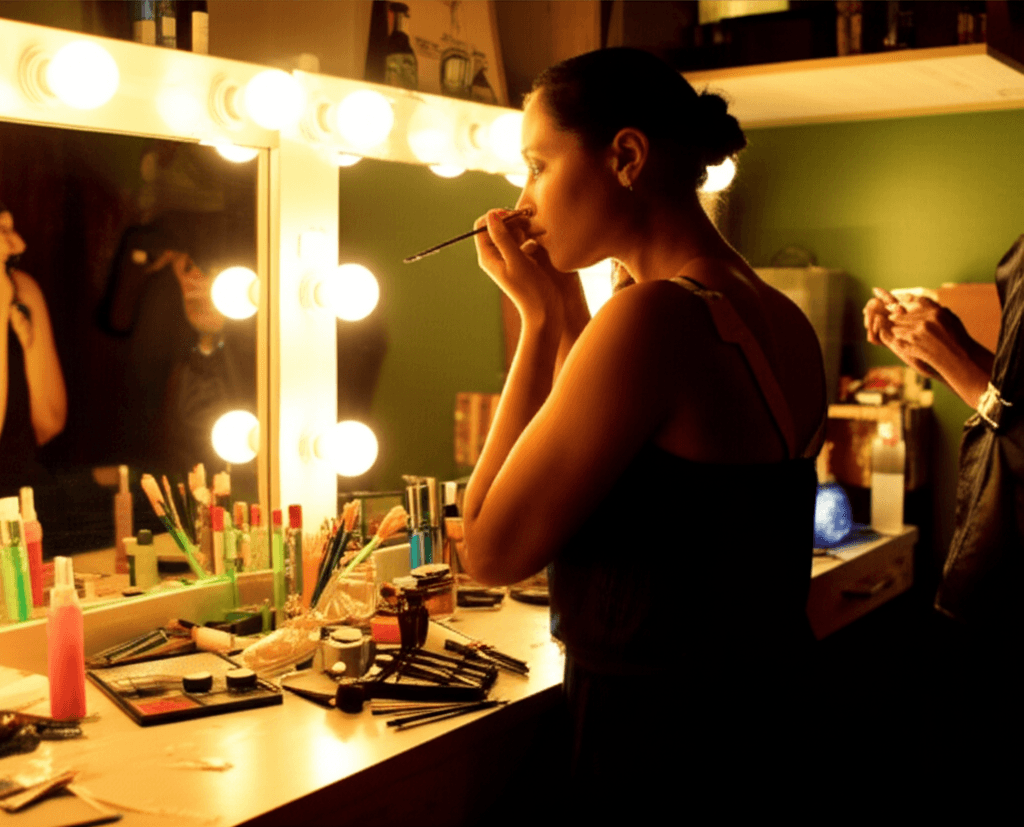
Misconceptions and the True Legacy
Popular media, like the controversial 1995 film Showgirls, has often contributed to a distorted public perception of showgirls, portraying them in ways that don’t reflect the reality of their professional lives. Former showgirls emphasize that they are professional dancers, not strippers or burlesque performers, and the film bore little resemblance to their actual experiences.
One common misconception is that a showgirl’s life is glamorous day and night. While the stage is undeniably dazzling, the off-stage hours are largely dedicated to the discipline required for their craft.
The era of traditional Las Vegas showgirl productions has largely waned, with the last major show, “Jubilee!” closing in 2016. Evolving tastes, changing cultural norms, and the rise of contemporary productions like Cirque du Soleil have contributed to this decline. However, the legacy of the showgirl endures as a powerful symbol of elegance, spectacle, and the demanding artistry of live entertainment. There are ongoing efforts to preserve this art form, with workshops and classes ensuring the techniques and finesse of showgirl dancing are passed on to new generations.
Today, while you might see costumed individuals posing for photos on the Las Vegas Strip, these are typically models or street performers, not actively performing showgirls from grand productions. The true showgirl embodied a unique blend of dance, charisma, and visual appeal, captivating audiences with meticulous choreography and breathtaking costumes. It was a profession that demanded immense strength, stamina, and an unwavering commitment to the art of performance.

